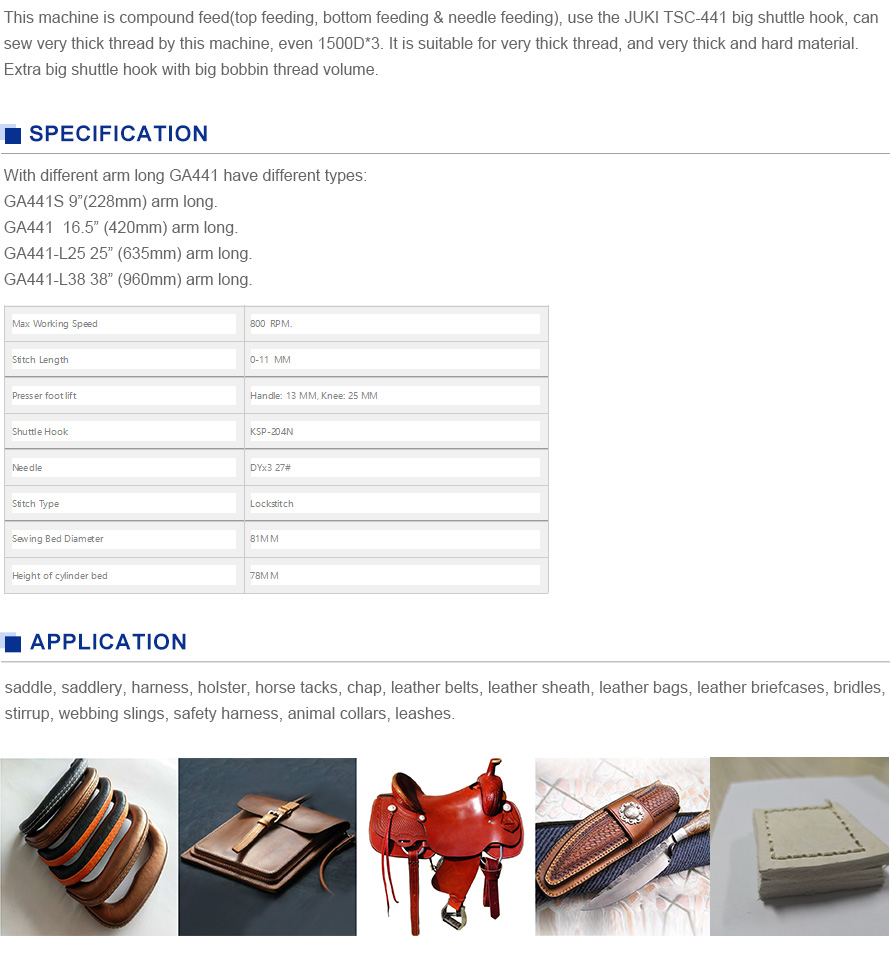twin needle coverstitch
Exploring the Twin Needle Coverstitch A Seamstress's Best Friend
In the world of sewing, the tools and techniques we use can make a significant difference in the quality and durability of our projects. Among them, the twin needle coverstitch stands out as an essential technique for both amateur and professional seamstresses. This powerful tool opens up a new dimension in sewing, providing a perfect blend of functionality and aesthetics.
What is a Twin Needle Coverstitch?
A twin needle coverstitch is a sewing technique that employs a special type of needle known as a twin needle, which has two needles attached to a single shaft. When threaded correctly, it allows for two parallel lines of stitching on the top side and a serger-like finish on the underside. This technique is most commonly used on knit fabrics, making it ideal for hems on t-shirts, leggings, and other garments that require a degree of stretch.
The appeal of the coverstitch lies in its ability to create professional-quality finishes while retaining the elasticity of knit fabrics. Unlike a regular straight stitch, which can break when the fabric is pulled, the coverstitch’s flexible seam can withstand the movements and stresses of everyday wear.
Benefits of Using a Twin Needle Coverstitch
1. Professional Finish The twin needle coverstitch offers a clean and professional look that is particularly desirable for commercially produced garments. It mimics the style and durability of store-bought clothing, allowing home sewers to achieve a professional-grade finish.
2. Elasticity Because it creates a chain of interlocked threads, this stitch moves with the fabric rather than restricting it. This elasticity is crucial, especially for stretchy knits, ensuring that hems remain intact even under strain.
3. Versatility The twin needle coverstitch is not limited to hems; it can also be used for decorative stitching, adding flair to your sewing projects. From topstitching to adding a touch of contrast color, the possibilities are virtually limitless.
4. Ease of Use While it may seem complex, once the technique is mastered, the twin needle coverstitch is straightforward to execute. Many modern sewing machines come with built-in coverstitch capabilities, making it accessible for users at all skill levels.
twin needle coverstitch

How to Use a Twin Needle Coverstitch
To get started with a twin needle coverstitch, follow these steps
1. Choose the Right Needle Select a twin needle that suits your fabric's weight and thickness. Twin needles come in various sizes, so it’s important to pick one that works with your project.
2. Thread Your Machine The thread setup can be a bit tricky since you’ll be using two threads for the needle and one for the looper. Make sure to consult your sewing machine manual for threading instructions—getting this step right is crucial for a successful stitch.
3. Adjust Your Stitch Settings Set your machine to the coverstitch function if it has one. Adjust the tension and length according to your fabric type; generally, a longer stitch length works well for knits.
4. Practice Before jumping straight into your project, practice on scrap fabric to ensure everything is working correctly. This is particularly important for tension adjustment and stitch settings.
5. Sew with Care As you sew, keep an even pace and avoid pulling the fabric. Let the machine do the work, and maintain a steady hand for the best results.
Conclusion
The twin needle coverstitch is undoubtedly a game-changer in the sewing community. Its capacity to deliver professional-looking results while maintaining the functionality needed for stretch fabrics offers an incredible advantage for designers and home sewers alike. Whether you're hemming a pair of leggings or looking to enhance your sewing repertoire, mastering the twin needle coverstitch will undoubtedly elevate your sewing projects to new heights. Embrace this technique and watch as your creations transform into garments that could rival those found in retail stores!
-
Boost Production Efficiency with a Pattern Sewing MachineNewsAug.29,2025
-
Industrial Excellence with the Best Heavy Duty Sewing MachineNewsAug.29,2025
-
Precision and Power with the Best Pattern Sewing MachineNewsAug.29,2025
-
Reliable Bulk Packaging Starts With the Right FIBC Sewing MachineNewsAug.29,2025
-
Advanced Packaging Solutions: Elevate Productivity with Jumbo Bag Sewing Machine and Industrial Stitching EquipmentNewsAug.29,2025
-
High-Performance Solutions for Bulk Packaging: FIBC Sewing Machine and MoreNewsAug.29,2025
-
Maximize Efficiency with an Industrial Cylinder Arm Sewing MachineNewsAug.28,2025


























